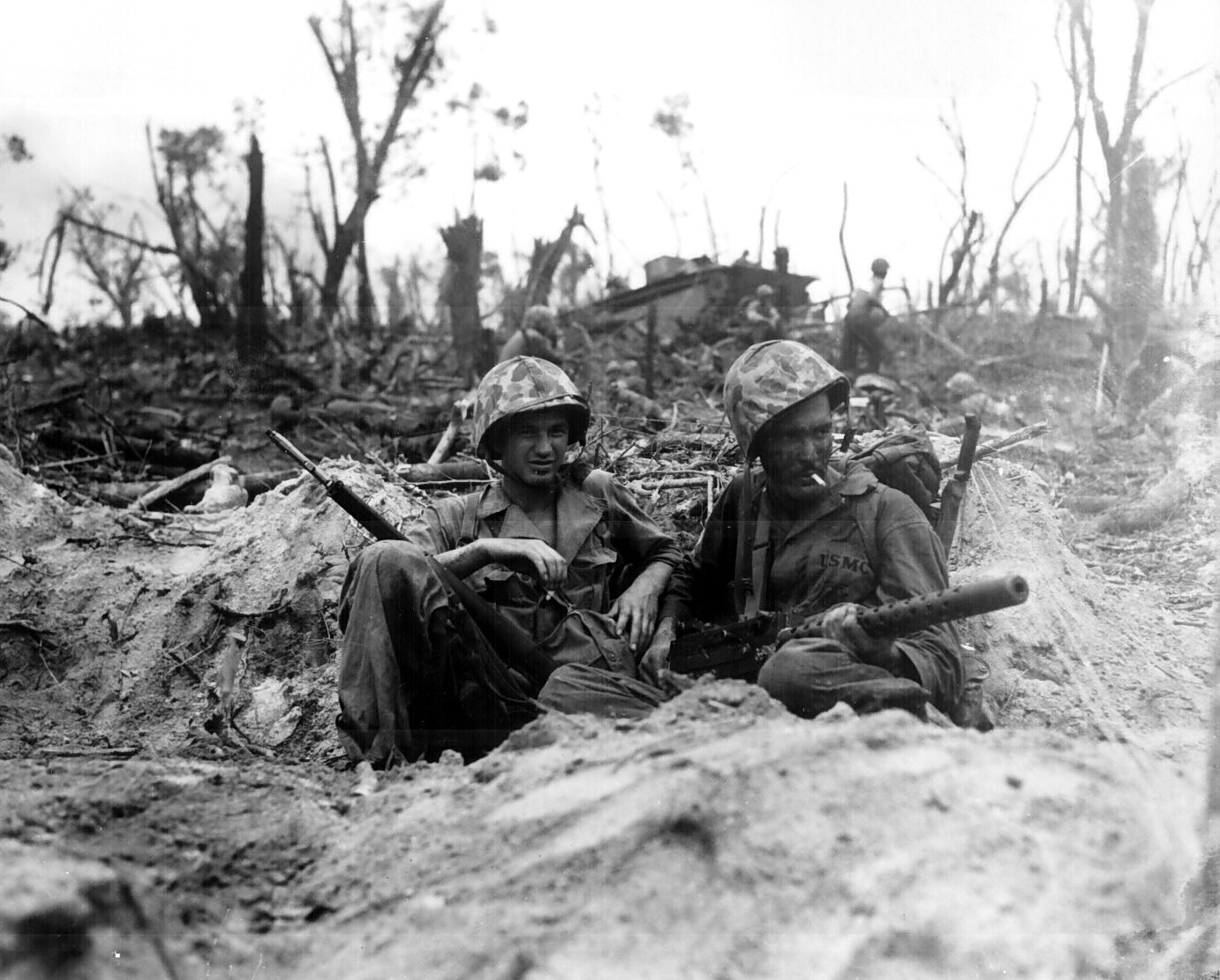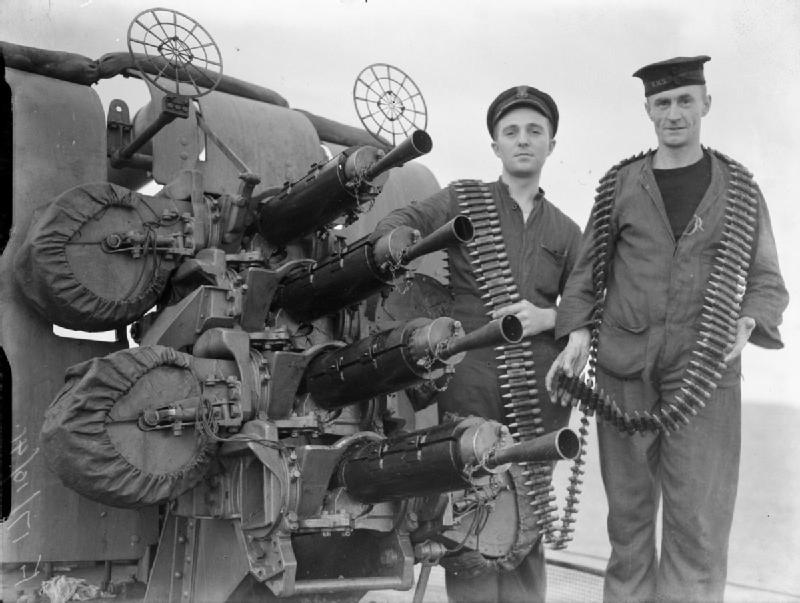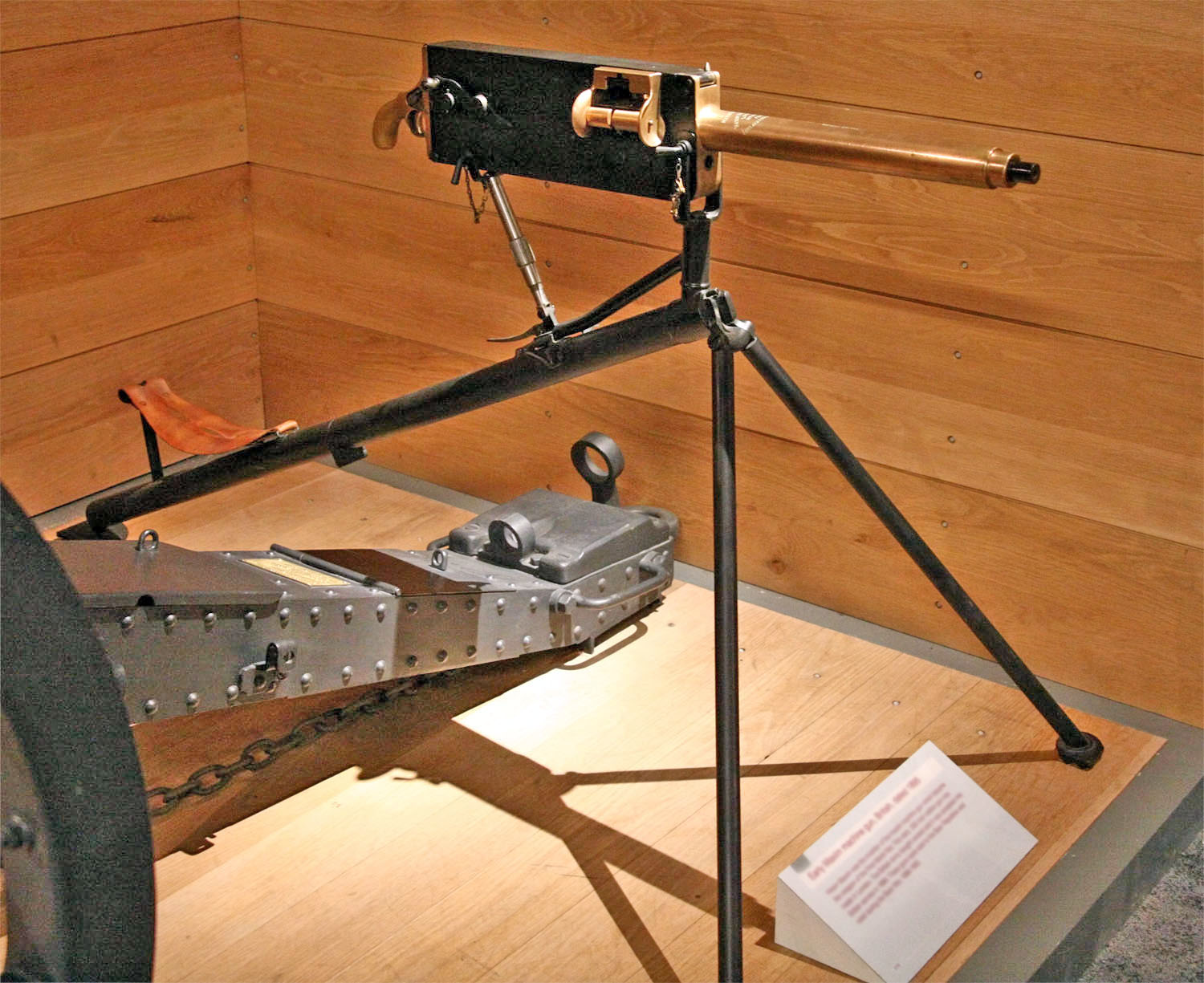|
Rim (firearms)
A rim is an external flange that is machined, cast, molded, stamped, or pressed around the bottom of a firearms cartridge. Thus, rimmed cartridges are sometimes called "flanged" cartridges. Almost all cartridges feature an extractor or headspacing rim, in spite of the fact that some cartridges are known as "rimless cartridges". The rim may serve a number of purposes, including providing a lip for the extractor to engage, and sometimes serving to headspace the cartridge. Types There are various types of firearms rims in use in modern ammunition. The main types are categorized as rimmed, rimless, semi-rimmed, rebated, and belted. These describe the size of the rim in relation to the base of the case. Rimmed The rimmed cartridge, sometimes called flanged cartridge, is the oldest of the types and has a rim that is significantly larger in diameter than the base of the cartridge. Rimmed cartridges use the rim to hold the (usually straight sided) cartridge in the chamber of th ... [...More Info...] [...Related Items...] OR: [Wikipedia] [Google] [Baidu] |
Headspace (firearms)
In firearms, headspace is the distance measured from a closed chamber's breech face to the chamber feature that limits the insertion depth of a cartridge placed in it. Used as a verb by firearms designers, ''headspacing'' refers to the act of stopping deeper cartridge insertion. The exact part of the cartridge that seats against the limiting chamber feature differs among cartridge and gun designs. Davis, William C., Jr. ''Handloading'' (1981) National Rifle Association pp.67-69 In general, bottleneck rifle cartridges headspace on their case shoulders; rimmed cartridges headspace on the forward surfaces of their case rims; and rimless pistol cartridges headspace on their case mouths. The case belts on belted cartridges were originally added to allow headspacing on the belt's forward surface, But in practice, this is often vestigial, and rifles chambered for belted cartridges may well headspace them on their shoulders and still be within CIP or SAAMI dimensional limits. Howev ... [...More Info...] [...Related Items...] OR: [Wikipedia] [Google] [Baidu] |
Flange
A flange is a protruded ridge, lip or rim (wheel), rim, either external or internal, that serves to increase shear strength, strength (as the flange of a steel beam (structure), beam such as an I-beam or a T-beam); for easy attachment/transfer of contact force with another object (as the flange on the end of a pipe (fluid conveyance), pipe, steam cylinder, etc., or on the lens mount of a camera); or for stabilizing and guiding the movements of a machine or its parts (as the inside flange of a railroad car, rail car or tram train wheel, wheel, which keep the wheels from derailment, running off the rail profile, rails). Flanges are often attached using bolts in the pattern of a bolt circle. Flanges play a pivotal role in piping systems by allowing easy access for maintenance, inspection, and modification. They provide a means to connect or disconnect Pipe (fluid conveyance), pipes and equipment without the need for welding, which simplifies installation and reduces downtime during ... [...More Info...] [...Related Items...] OR: [Wikipedia] [Google] [Baidu] |
World War II
World War II or the Second World War (1 September 1939 – 2 September 1945) was a World war, global conflict between two coalitions: the Allies of World War II, Allies and the Axis powers. World War II by country, Nearly all of the world's countries participated, with many nations mobilising all resources in pursuit of total war. Tanks in World War II, Tanks and Air warfare of World War II, aircraft played major roles, enabling the strategic bombing of cities and delivery of the Atomic bombings of Hiroshima and Nagasaki, first and only nuclear weapons ever used in war. World War II is the List of wars by death toll, deadliest conflict in history, causing World War II casualties, the death of 70 to 85 million people, more than half of whom were civilians. Millions died in genocides, including the Holocaust, and by massacres, starvation, and disease. After the Allied victory, Allied-occupied Germany, Germany, Allied-occupied Austria, Austria, Occupation of Japan, Japan, a ... [...More Info...] [...Related Items...] OR: [Wikipedia] [Google] [Baidu] |
Metric System
The metric system is a system of measurement that standardization, standardizes a set of base units and a nomenclature for describing relatively large and small quantities via decimal-based multiplicative unit prefixes. Though the rules governing the metric system have changed over time, the modern definition, the International System of Units (SI), defines the metric prefixes and seven base units: metre (m), kilogram (kg), second (s), ampere (A), kelvin (K), Mole (unit), mole (mol), and candela (cd). An SI derived unit is a named combination of base units such as hertz (cycles per second), Newton (unit), newton (kg⋅m/s2), and tesla (unit), tesla (1 kg⋅s−2⋅A−1) and in the case of Celsius a shifted scale from Kelvin. Certain units have been Non-SI units mentioned in the SI#Units officially accepted for use with the SI, officially accepted for use with the SI. Some of these are decimalised, like the litre and electronvolt, and are considered "metric". Others, like ... [...More Info...] [...Related Items...] OR: [Wikipedia] [Google] [Baidu] |
Centerfire Ammunition
Two rounds of .357 Magnum, a centerfire cartridge; notice the circular primer in the center A center-fire (or centerfire) is a type of metallic cartridge used in firearms, where the primer is located at the center of the base of its casing (i.e. "case head"). Unlike rimfire cartridges, the centerfire primer is typically a separate component seated into a recessed cavity (known as the ''primer pocket'') in the case head and is replaceable by reloading the cartridge. Centerfire cartridges have supplanted the rimfire cartridge, with the exception of a few small calibers. The majority of today's handguns, rifle A rifle is a long gun, long-barreled firearm designed for accurate shooting and higher stopping power, with a gun barrel, barrel that has a helical or spiralling pattern of grooves (rifling) cut into the bore wall. In keeping with their focus o ...s, and shotguns use centerfire ammunition, with the exception of some .17 Rimfire, .17 caliber, 5 mm caliber#Rimfire cart ... [...More Info...] [...Related Items...] OR: [Wikipedia] [Google] [Baidu] |
Primer (firearm)
In firearms and artillery, the primer () is the chemical and/or device responsible for initiating the propellant combustion that will propel the projectiles out of the gun barrel. In early black powder guns such as muzzleloaders, the primer was essentially the same chemical as the main propellant (albeit usually in a finer-powdered form), but poured into an external flash pan, where it could be ignited by an ignition source such as a slow match or a flintlock, though some muzzleloaders have primers like cap gun caps. This external powder was connected through a small opening at the rear of the gun barrel that led to the main charge within the barrel. As gunpowder will not burn when wet, this made it difficult (or even impossible) to fire these types of weapons in rainy or humid conditions. Modern primers, by contrast, are more specialized and distinct from the main propellant they are designed to ignite. They are of two types, those using shock-sensitive chemicals, and those r ... [...More Info...] [...Related Items...] OR: [Wikipedia] [Google] [Baidu] |
Rimfire Ammunition
Rimfire ammunition (also rim-fire) is a type of metallic cartridge used in firearms where the primer is located within a hollow circumferential rim protruding from the base of its casing. When fired, the gun's firing pin strikes and crushes the rim against the edge of the barrel breech, sparking the primer compound within the rim and igniting the propellant within the case. Invented in 1845 by Louis-Nicolas Flobert, the first rimfire metallic cartridge was the (also known as the 6mm Flobert) cartridge, which consisted of a percussion cap with a bullet attached to the top. While many other different cartridge priming methods have been tried since the early 19th century, such as teat-fire and pinfire, only small caliber rimfire ( .22caliber (5.6mm) or less) cartridges have survived to the present day with regular use. The .22Long Rifle rimfire cartridge, introduced in 1887, is by far the most common ammunition found in the world today in terms of units manufactured and ... [...More Info...] [...Related Items...] OR: [Wikipedia] [Google] [Baidu] |
M2HB
The M2 machine gun or Browning .50-caliber machine gun (informally, "Ma Deuce") is a heavy machine gun that was designed near the end of World War I by John Browning. While similar to Browning's M1919 Browning machine gun, which was chambered for the .30-06 cartridge, the M2 uses Browning's larger and more powerful .50 BMG (12.7 mm) cartridge. The design has had many designations; the official U.S. military designation for the infantry type is Browning Machine Gun, Cal. .50, M2, HB, Flexible. It has been used against infantry, light armored vehicles, watercraft, light fortifications, and low-flying aircraft. The gun has been used extensively as a vehicle weapon and for aircraft armament by the United States since the 1930s. It was heavily used during World War II, the Korean War, the Vietnam War, the Falklands War, the Soviet–Afghan War, the Gulf War, the Iraq War, and the War in Afghanistan. It is the primary heavy machine gun of NATO countries and has been used by many ot ... [...More Info...] [...Related Items...] OR: [Wikipedia] [Google] [Baidu] |
M1919 Browning Machine Gun
The M1919 Browning is a .30-06 Springfield, .30 caliber medium machine gun that was widely used during the 20th century, especially during World War II, the Korean War, and the Vietnam War. The M1919 saw service as a light infantry, coaxial weapon, coaxial, mounted, aircraft, and anti-aircraft machine gun by the U.S and many other countries. The M1919 was an air-cooled development of the standard U.S. machine gun of World War I, the John Browning, John M. Browning-designed water-cooled M1917 Browning machine gun, M1917. The emergence of general-purpose machine guns in the 1950s pushed the M1919 into secondary roles in many cases, especially after the arrival of the M60 machine gun, M60 in US Army service. The United States Navy also converted many to 7.62 mm NATO and designated them Mk 21 Mod 0; they were commonly used on riverine craft in the 1960s and 1970s in Vietnam. Many NATO countries also converted their examples to 7.62 mm caliber, and these remained in service well ... [...More Info...] [...Related Items...] OR: [Wikipedia] [Google] [Baidu] |
Vickers Machine Gun
The Vickers machine gun or Vickers gun is a Water cooling, water-cooled .303 British (7.7 mm) machine gun produced by Vickers Limited, originally for the British Army. The gun was operated by a three-man crew but typically required more men to move and operate it: one fired, one fed the ammunition, the others helped to carry the weapon, its ammunition, and spare parts. It was in service from before the First World War until the 1960s, with air-cooled versions of it on many Allies of World War I, Allied World War I Aviation in World War I, fighter aircraft. The weapon had a reputation for great solidity and reliability. Ian V. Hogg, in ''Weapons & War Machines'', describes an action that took place in August 1916, during which the British 100th Company of the Machine Gun Corps fired their ten Vickers guns to deliver sustained fire for twelve hours. Using 100 barrels, they fired a million rounds without breakdowns. "It was this absolute foolproof reliability which endear ... [...More Info...] [...Related Items...] OR: [Wikipedia] [Google] [Baidu] |
Maxim Gun
The Maxim gun is a Recoil operation, recoil-operated machine gun invented in 1884 by Hiram Maxim, Hiram Stevens Maxim. It was the first automatic firearm, fully automatic machine gun in the world. The Maxim gun has been called "the weapon most associated with imperial conquest" by historian Martin Gilbert, and was heavily used by Colonialism, colonial powers during the "Scramble for Africa". Afterwards, Maxim guns also saw extensive usage by different armies during the Russo-Japanese War, the World War I, First and World War II, Second World Wars, as well as in contemporary conflicts. The Maxim gun was greatly influential in the development of machine guns, and it has multiple variants and derivatives. Design The Maxim gun featured one of the earliest recoil-operated firing systems in history. Energy from recoil acting on the breech block is used to eject each spent cartridge and insert the next one. Maxim's earliest designs used a 360-degree rotating cam to reverse the move ... [...More Info...] [...Related Items...] OR: [Wikipedia] [Google] [Baidu] |








